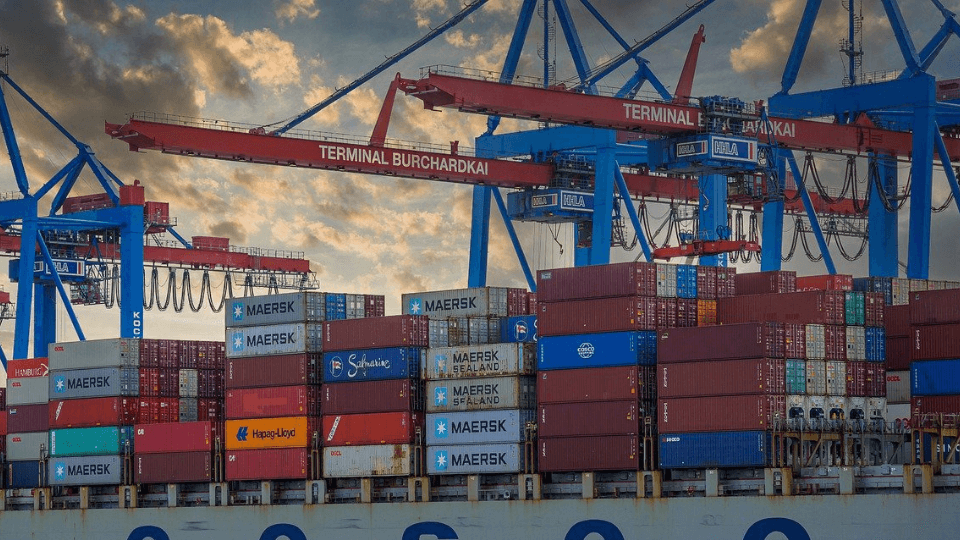How to tackle the weakest links in your supply chain?

The supply chain is an everchanging balance of the connections between many systems. There are natural adjustments in the links to accommodate slight changes in the contributing systems.
Recent changes brought on by Covid-19, available labor, port utilization, and driver shortages can take longer to balance out.
The links between these many systems determine the strength or weakness of your supply chain.
In my opinion, the first step to understanding your supply chain challenges lies in determining what the weakest link of your supply chain is and what are the links that, if they fail, impact the smooth flow of goods.
Change is not new – the only real challenge is the “rate of change.” Here are some high-level thoughts to consider.
Material Handling and Information Systems: The accelerated rate of software and hardware development has enhanced the performance of material handling and related labor requirements. The positive impact has been made on:
- Piece pick per hour
- Order accuracy
- Warehouse density and related capacity
- Labor requirements and more
The system improvements generally improve supply chain performance and build one’s dependency on the current or next generation of these systems. Special considerations should be given to the life span and related return on investment. Even the most up-to-date software, material handling equipment, and facility layouts could soon be obsolete as Robotic Order Picking technologies continue to improve.
Logistics: We’ve all seen the pictures of container ships outside of Los Angeles waiting to be unloaded and have speculated on the cause of this problem. While US ports have not kept up with other developed ports worldwide, the issues at the ports are simply “what we can see.” What we do not see is:
- Increased consumer demand (in part due to Covid-19)
- Driver shortages both domestically and overseas
- Containers not making it back to port
- Warehousing labor shortages
- Limited alternative ports to serve demand and more
If each of the over 100+ ships outside of Los Angeles can hold 10,000 containers, the supply chain effort to move the 1,000,000 containers requires:
- 1,000,000 containers unloaded
- 1,000,000 containers drayed to rail and/or over the road transport and transported
- 400,000 people in 7.5-hour shifts to unload a container (3 hours/container)
- 1,000,000 containers to come back to port and be loaded for an outbound journey (necessary to keep the flow)
The complexity of the supply chain and our vulnerability to the balance emphasize the need for a flexible logistics structure. This means paying close attention to:
- Uncovering and addressing the hidden risks
- Identifying your vulnerabilities
- Diversifying your supply base
- Holding intermediate inventory or safety stock
- Taking advantage of process innovations
- Revisiting the tradeoff between product variety and capacity flexibility
